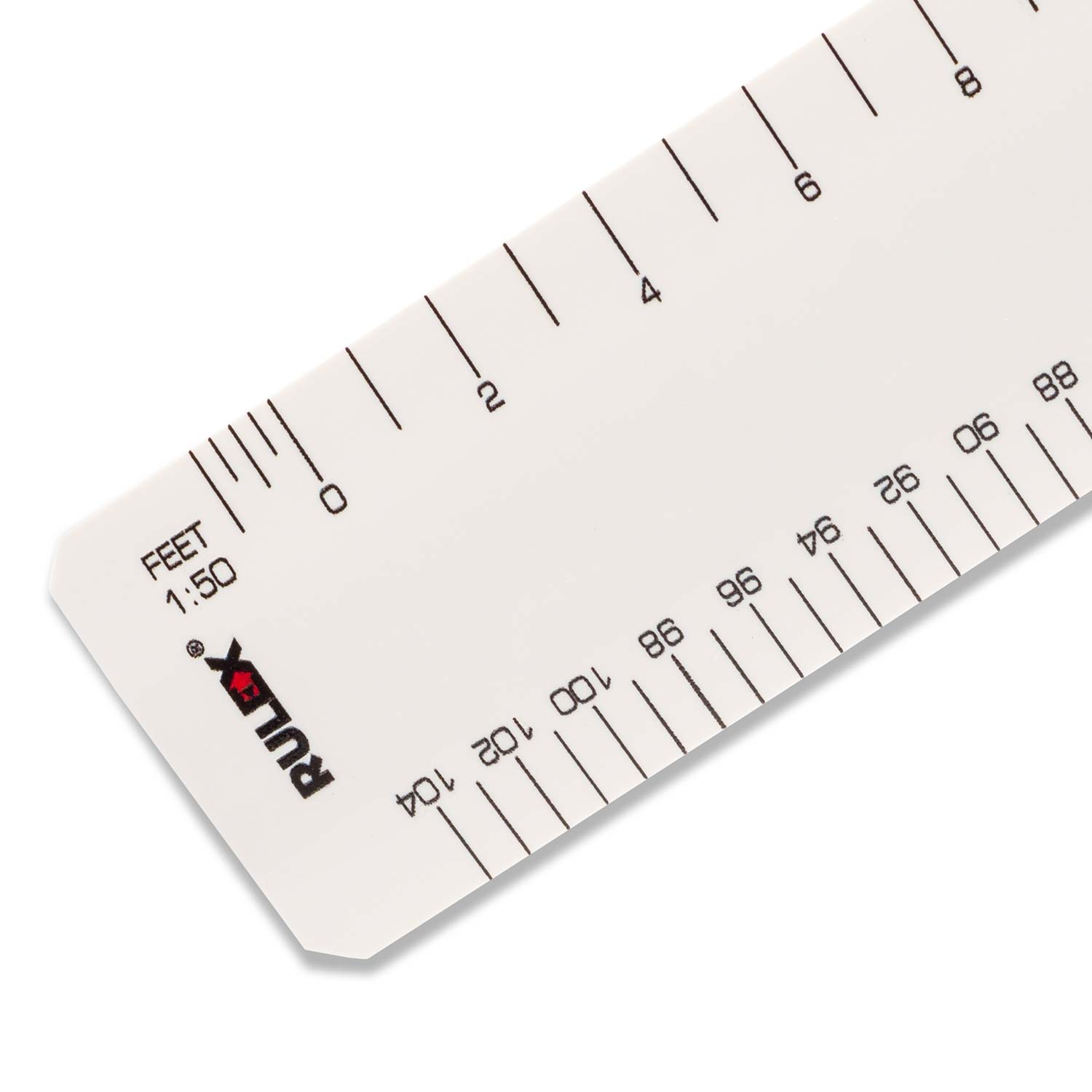

I deal with these both here and in the next part on tools for Cutting because they are used as much to assist cutting as for measurement. Tesco £5.30 for pack of 10 ‘5 Star Disposable Mechanical Pencil’ 0.7mm lead (three leads included with each) Ryman £4.99 for pack of 10 ‘Papermate Non Stop Mechanical Pencils’ 0.7mm lead Rotring Tikky 0.5mm £3.99 Zebra Drafix 0.3mm £4.99 But I always try to keep this at home, and use other cheaper ones out-and-about or for other general-purposes because pencils are notoriously easy to lose! I personally prefer to use a special type though which takes a 0.3mm ‘H’ lead, finer and harder than the usual ones, which gives better accuracy. the cut-price ones from supermarkets will do almost as well. But this doesn’t need to be an expensive one. It is essential to use one of these for fine-scale work, to make a consistently even, fine line when marking-out for cutting etc. These more general-purpose ones most often have a 0.7mm lead with a standard ‘HB’ hardness and it’s also usually possible to refill them. Some luxury versions can be expensive, but others are as cheap as £4-5 for a pack of 10. a very thin graphite stick or ‘lead’ housed in a mechanism which allows it to be advanced forward as it wears down, without the need for sharpening . but I’ve also seen ‘automatic’ or ‘clutch’ pencil referred to, and in the UK the old-fashioned term ‘propelling pencil’ is still sometimes used. It also covers tools for weighing or dosing materials.

This first part deals with tools for measuring and marking-out and deals with pencils, rulers (including scale rulers), squares, small drawing-boards, spacing or shape templates and other geometry tools. Even temporary constructions to assist assembly, or one-off templates to achieve a specific shape, are tools, and that’s why I’ve included them.

I prefer to use hand-methods rather than machine tools on the whole, but I’ve also kept to the use of hand-tools in my teaching because most of the people I teach don’t have power tools or workshops.Ī tool is any device, however simple or however complex, which enables or contributes to the performance of a task. Obviously this list reflects the way I prefer to work, which may differ from other people . The list includes some simple, custom-made tools which can’t be bought, and I’ve added more information on where others can be found. I’ve collated these accounts together from what I’ve already written on this site or elsewhere, but I’ve also added quite a bit to them. measuring and marking-out cutting assembly shaping and modelling creating surfaces painting. The tools will be grouped according to general tasks. Once completed each part will be previewed as a post and then put in the Methods section under Recommended tools for small-scale making where I can add to them as I learn new things. This is the first part of an account I’m putting together of tools I’d recommend for small-scale making.


 0 kommentar(er)
0 kommentar(er)
